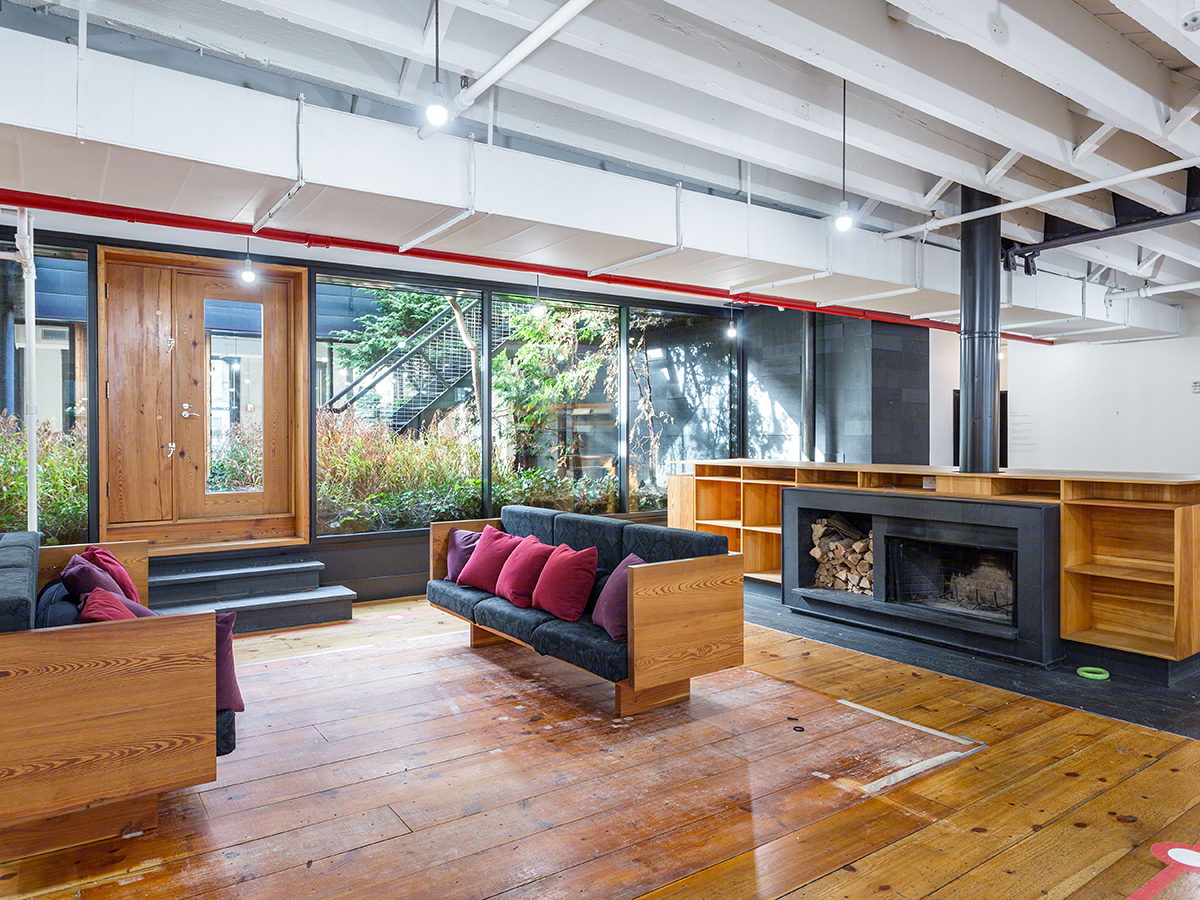Dilapidated Buildings in Detroit Redeveloped, Others Demolished
By Veronica Grecu, Associate Editor The empty David Whitney building, located at 1553 Woodward Ave., might be transformed into a boutique hotel, a one-of-a-kind entity in Detroit. Though the boutique hotels movement started in London in the early 1980s and popular [...]
By Veronica Grecu, Associate Editor
The empty David Whitney building, located at 1553 Woodward Ave., might be transformed into a boutique hotel, a one-of-a-kind entity in Detroit. Though the boutique hotels movement started in London in the early 1980s and popular in New York, San Francisco and other major cities, the city’s economy could benefit from a new luxury hotel.
In an interview for the Detroit News, Ron Wilson, CEO of Hotel Investment Services, declared that having a boutique hotel in downtown Detroit could point to the area’s existing high-quality inventory and could also attract further projects. David Di Rita of the Roxbury Group, one of the building’s owners, added that the new hotel is likely to become an urban destination for a young, cosmopolitan clientele.
According to the Detroit News, the 19-story Whitney building was bought in March for $3.3 million by a joint venture between the Roxbury Group and Trans Inns Management Inc., a Farmington Hills, Mich.-based hotel investment firm operating 21 hotels in 13 states. James Van Dyke, vice president of development at the Roxbury Group, declared that construction is slated to begin in 2013. Once the $80 million redevelopment project is complete, the boutique hotel will have 130 rooms and 180 residential units.
While one of Detroit’s vacant buildings is set for redevelopment, city officials plan to demolish more than 300 abandoned and dilapidated structures in the Highland Park neighborhood. According to Rodney Patrick, a Highland Park councilman, the demolition plan is secured by 75 percent of a $13.8-million grant from the federal Neighborhood Stabilization program, while the rest of the money will be used to rehab the neighborhood’s historic area. Patrick added that the vacant lots will be replaced by urban gardens, townhouses or mixed-use facilities.






